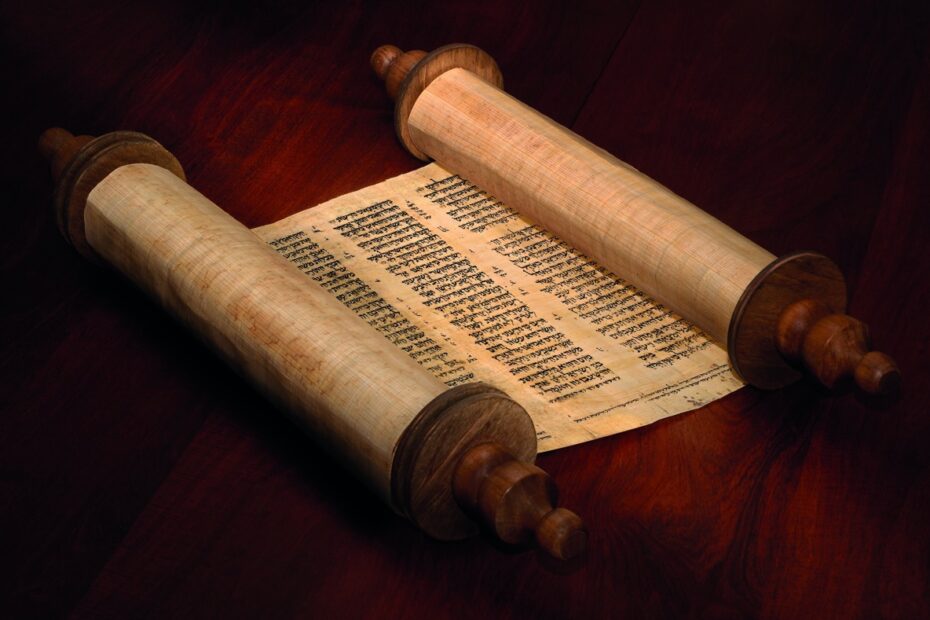2ª Timóteo 3:16
“Toda a Escritura é divinamente inspirada, e proveitosa para ensinar, para argumentar, para corrigir, para instruir em justiça;”
A palavra bíblia significa “muitos livros pequenos”. A bíblia foi escrita em três línguas – Hebraico, Aramaico e Grego. O Antigo Testamento em Hebraico e poucas partes aramaico e, o Novo Testamento foi escrito em Grego que era a língua mais falada da humanidade à época. Foi escrita por cerca de 40 autores iniciando por volta de 1.400 antes de Cristo e finalizado em 97 depois de Cristo com o Apocalipse de João.
O Cânon Bíblico é a lista de escritos ou livros, considerados pelas religiões cristãs como sendo divinamente inspirados. Cânon é uma palavra grega que significa regra, vara de medir. Não podemos esquecer que a divina inspiração é reafirmada pelas próprias escrituras conforme os trechos abaixo:
· Mateus 5:18: “Porque em Verdade vos digo: Até que o céu e a terra passem, nem um i ou um til jamais passará da lei até que tudo se cumpra”;
· João 10:35: “… e a Escritura não pode falhar”;
· 2ª Timóteo 3:16: “Toda Escritura é inspirada por Deus e útil para o ensino”.
